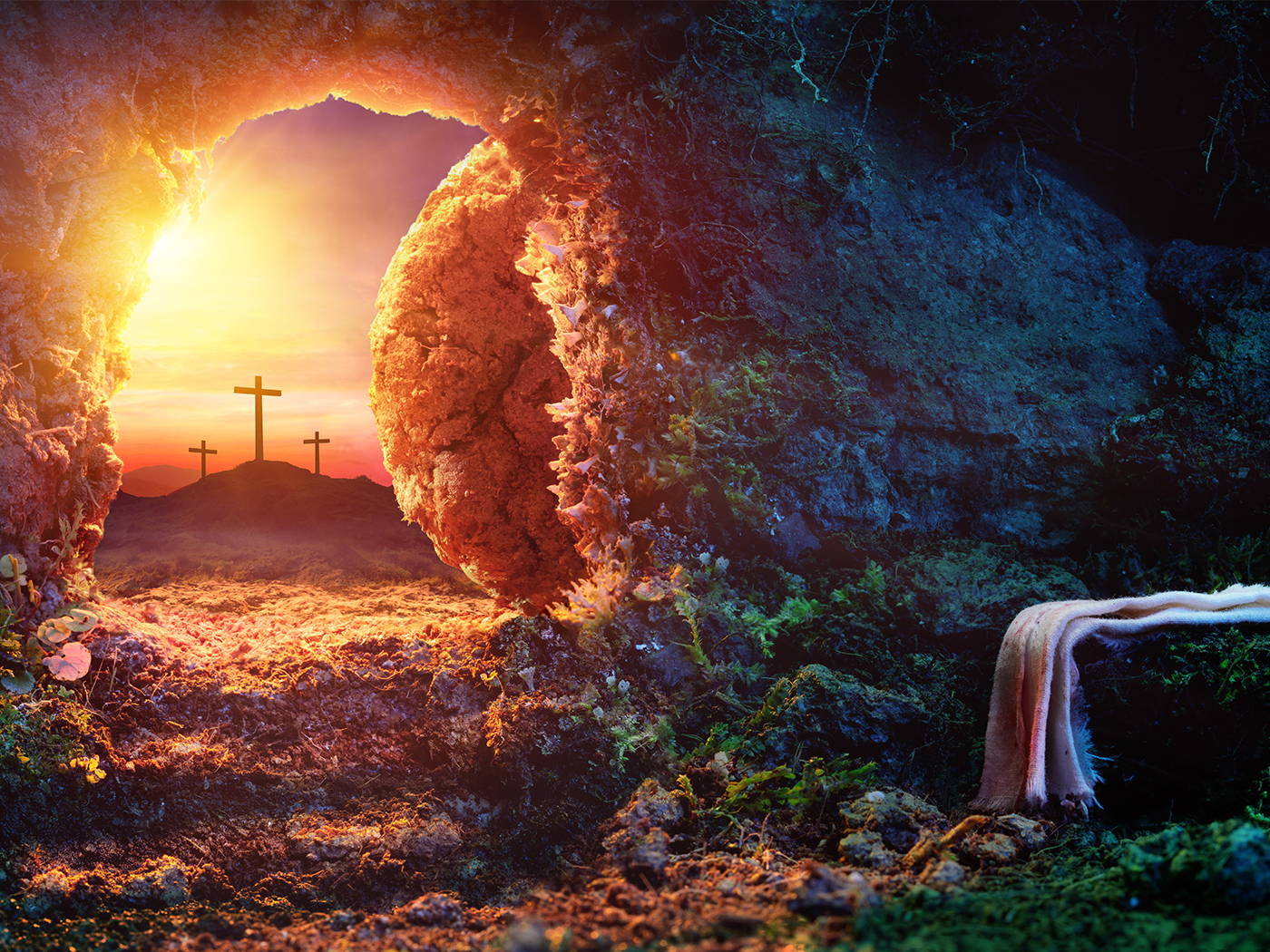 |
A summer evening in the humid Midwest may reveal the flashing light of the friendly firefly. Such an enchanting display — called bioluminescence — is found throughout the biological world. "Ships sometimes leave a spectacular light show in their wake from billions of single-celled luminescent dinoflagelates" disturbed by its passing. The Brazilians railroad worm (larvae of the large beetle Phrixothrix) sports a pair of red spots on its head and a pair of green lights along the sides of the body. Glowing toadstools (Mycena) can be photographed by the light they emit — and in 1640, a woman in Montpellier, France, was startled to find a side of mutton glowing as it hung in her kitchen. Townspeople were mystified and presented the radiant meat — thanks to luminescent fungi — to the local prince. In 1986, scientists were successful in producing an amazingly bright-glowing tobacco plant using luciferase genes (DNA segments) from the firefly. In some countries, lanterns made of fireflies are used, and during World War II Japanese troops crushed tiny luminescent insects in order to read maps in the field. Perhaps Noah used such luminescence below decks in the Ark.
Biological luminescence (not the same as phosphorescence) is light produced by a complex chemical reaction within an organism. The chemical reaction producing this "cold" light involves at least two chemicals: luciferin which produces the light when oxidized; and an enzyme called luciferase that catalyzes the reaction.
Even Darwin singled out bioluminescence as something his theory couldn't account for. Yet in the ocean it's commonplace, states a secular science magazine.1
A Harvard biologist estimates that 75% of deep-dwelling animal species produce biochemical light.2
Many marine creatures use this essential light to find a mate, defend themselves against predators, or help them find food. Some shrimp have been created with color filters, reflectors, and accessory lenses!
The doubtful idea of convergent evolution (the development of similar structures in unrelated organisms)3 is used to describe how bioluminescence evolved as many as 30 different times in alleged evolutionary history. But for convergence to occur, just two lines of descent would have to make exactly the same random choices at many hundreds of different genetic steps. In addition, current research indicates phenotype convergence doesn't imply genotype convergence. Convergence, rather, is solid evidence for creation, similarity of bioluminescence is evidence of a common Designer. A Belgian evolutionist named Rees feels he may have a key to how bioluminescence evolved using circumstantial evidence, yet the origin of the key molecule, called coelenterazine (luciferin + luciferase + photoprotein), remains a mystery to modern science.4
_____________________________
1. Marchant, Joanna, "First Light," New Scientist, July 22, 2000, p. 34.
2. Trombly, Jeanne, "Cast a Cold Light," Funk & Wagnalls 1995 Science Yearbook, p. 54.
3. Major Evolutionary Blunders: Convergent Evolution Is a Seductive Intellectual Swindle | The Institute for Creation Research (icr.org)
4. Haddock, S., et al., "Can Coelenterates make coelenterazine?" PNAS, Sept. 25, 2001, p. 11148.


















